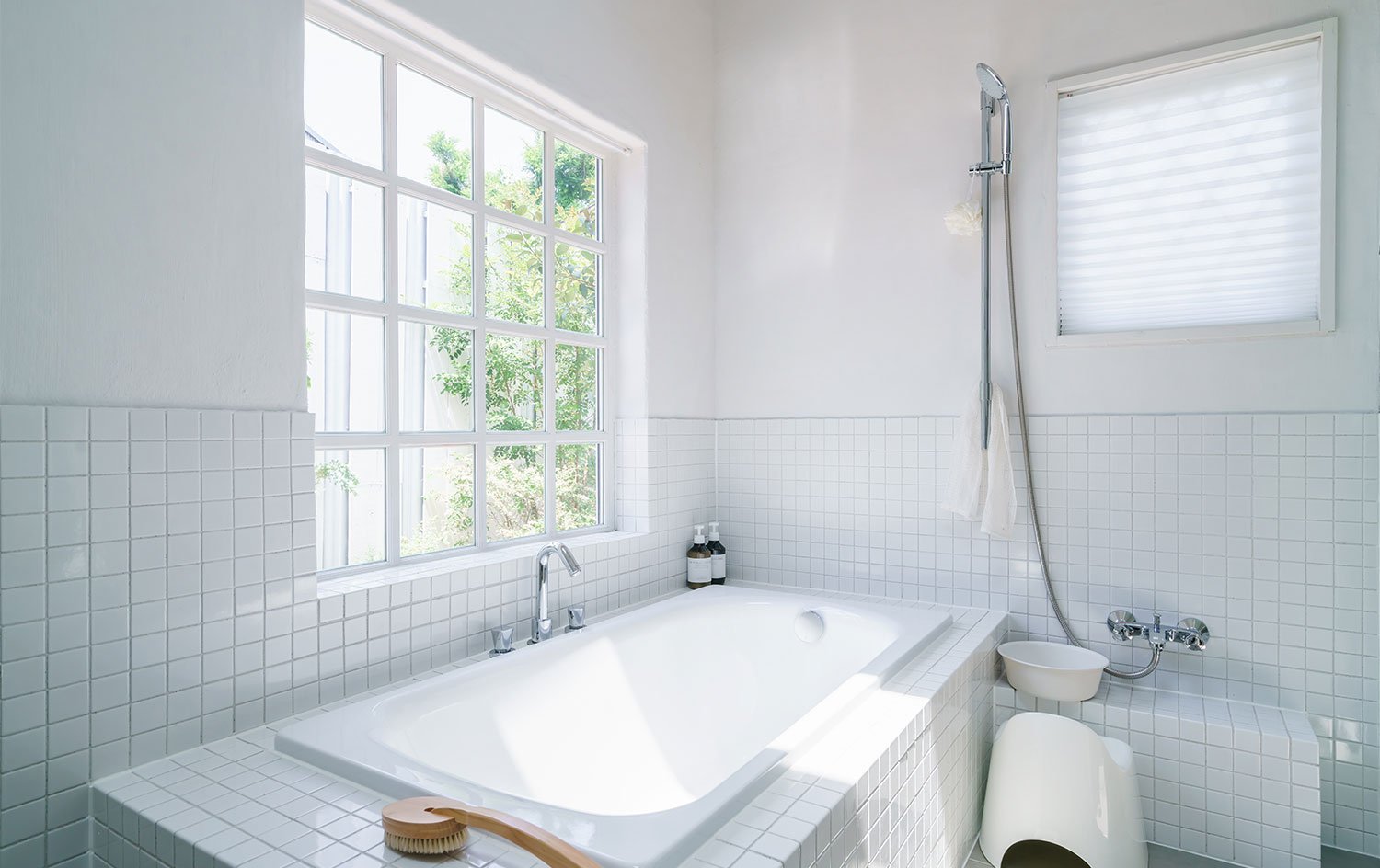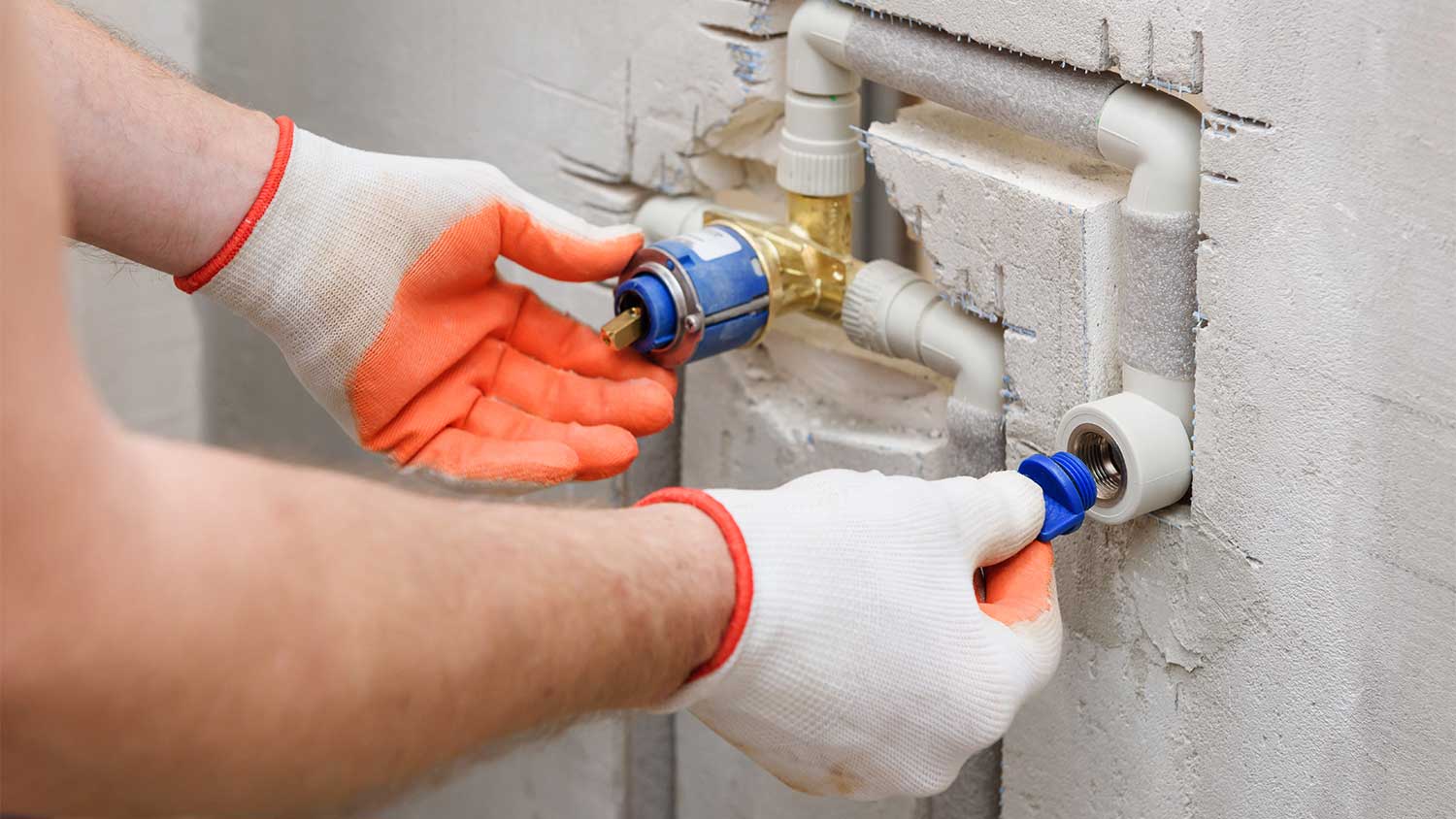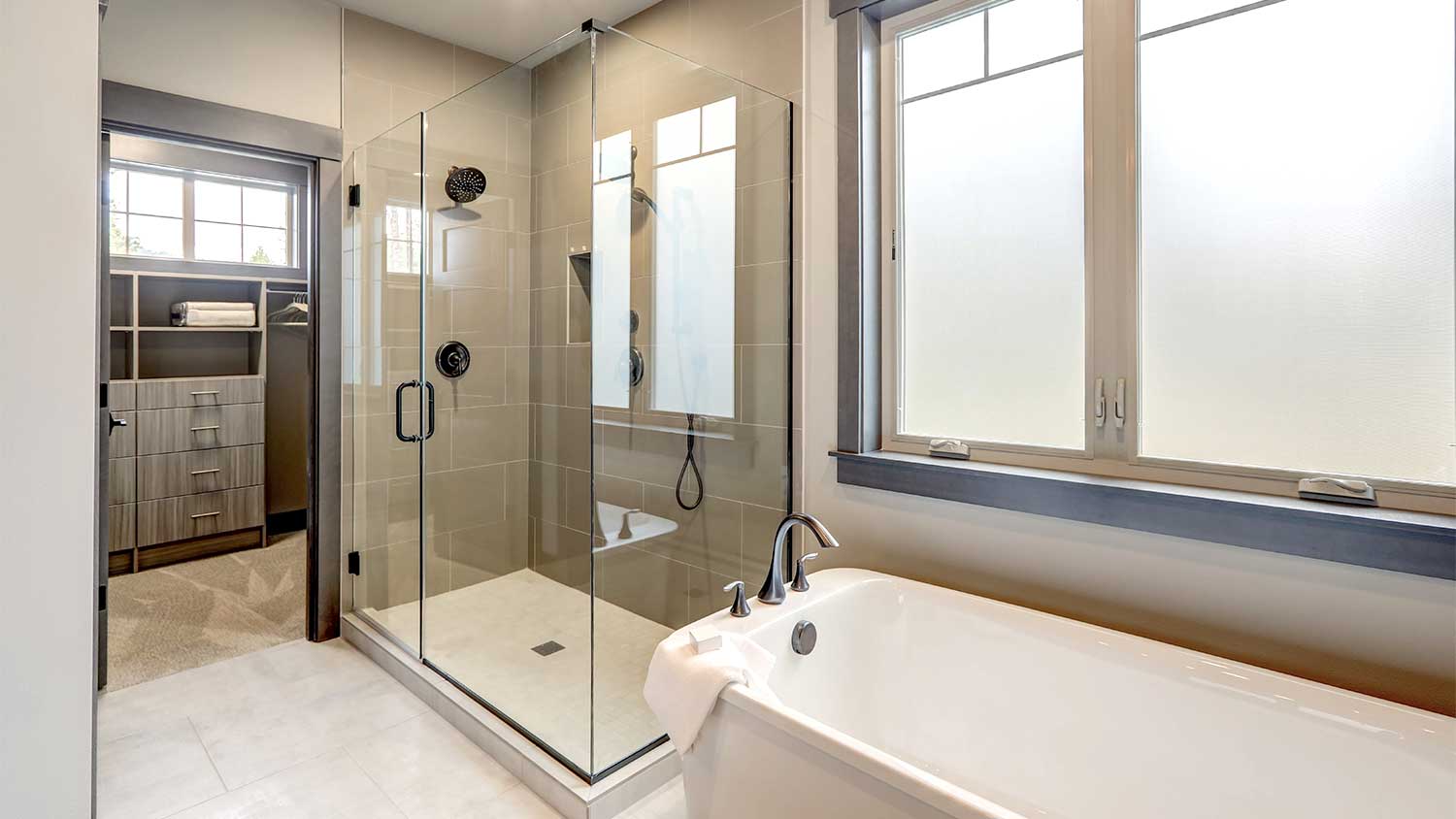13 Common Mistakes to Avoid When Renovating Your Bathroom
Turn your bathroom into a dream and avoid headaches by watching out for these common bathroom remodel problems


A newly remodeled bathroom is a game-changer: it boosts your mood, adds style and function to your space, and increases your home’s value. But remodeling a bathroom can be tricky; there are several bathroom remodel problems to be aware of and dodge. Check out these bathroom mistakes to avoid to ensure you end up with a stunning space that offers optimal function and style.
1. Lack of a Clear Remodel Plan and Budget
A bathroom remodel can be exciting, but before ripping out your toilet and vanity, map out the details of your bathroom remodel. Use a bathroom remodel checklist to ensure you don’t miss any critical pieces. And be sure to estimate the cost of the bathroom remodel to craft your budget. Work with local contractors to get quotes on the work so that you can plan accordingly. Ensure you have the funds to cover the full cost, so you don’t have to press pause while in the middle of your renovation.
2. Forgoing Function and Storage
While a beautiful bathroom can bring energy to the room, the most important aspect of your bathroom remodel is its functionality. Think about who will use your bathroom and how they’ll use it daily. Do you want to easily access your electric toothbrush and keep it off the counter? Consider a medicine cabinet with an outlet for charging. Need space for lots of towels and toiletries? Ensure your vanity offers plenty of storage, and consider adding shelves above your toilet too.
3. Not Planning Your Color Scheme and Style
The final look of your new bathroom depends on your color scheme, vanity, and other design elements. Gather inspirational photos of bathroom designs you like and follow tips for bathroom remodeling. Create a mood board and vision for your project, or work with a bathroom designer to nail down the details. You don’t want to get to the end of the reno and feel like your bathroom isn’t cohesive or what you hoped for.
4. Forgetting About Sizing and Spacing
You don’t want a vanity or tub that looks too big or small for your room. Plan out the sizing and spacing meticulously or enlist a local bathroom remodeler to ensure your design is right.
Take note of where your plumbing fixtures are—your toilet, tub, shower, and sink. Keep the fixtures in the same locations, or add more to your budget (if you can) to change them.
Many homeowners don’t enjoy having the toilet be the focal point when you enter the bathroom. Consider tucking it in behind the door or beside a vanity to ensure it doesn’t take center stage.
5. Choosing Lighting That’s Too Dim or Too Bright
Plan for both bright and softer lighting options in your new bathroom. That way, you have the right lighting, whether you’re putting on makeup or soaking in the tub after a long day. Consider layering your lighting, like recessed lighting on a dimmer, sconces on either side of the vanity, and a separate ceiling pendant above your shower or bath. No matter your mood, you can adjust the lighting to fit.
6. Poor Ventilation

Poor ventilation in a bathroom leads to mold and mildew and the deterioration of the beautiful bathroom you’ve just remodeled. Ensure you install the right ventilation (usually needs an outside wall) and exhaust fan.
7. Improper Drainage
If you're planning a seamless walk-in shower or wet room, be mindful of proper drainage and waterproofing. You'll need the right slope, gradient, and sealing in your design. Make sure the water runs directly and swiftly into all your drains. The last thing you want is leaking or flooding; these are often costly and time-consuming mistakes to fix.
8. Unsuitable Materials
One of the biggest bathroom mistakes to avoid is choosing materials that don’t belong in the wettest part of your home. Instead, select materials that hold up to everyday wear and tear, moisture, and temperature change—otherwise, expect warping, staining, and deterioration. The best materials for a bathroom are glass, porcelain, tile, quartz, vinyl tile, ceramic, and natural stone. Marble is beautiful, but water can stain it, and it requires extra maintenance.
9. Tackling the Project Yourself When You Should Hire a Pro

Some homeowners attempt plumbing or electrical work without the proper skills and experience. If you spring a leak or install your bathroom outlets incorrectly, you could have a more critical issue and need to call a contractor in the end anyway. Hiring a local contractor, plumber, or electrician can help save you headaches and money in the long run.
You can also hire a bathroom remodeler near you to take care of the whole project for you. You can often save money by chipping in on certain aspects of the job, like prep work or clean-up.
“We visit a lot of homes where the customer starts doing demo work in their bathroom and then realizes they're in way over their heads due to the plumbing problems they encounter,” says Nick Zindel, owner of Zintex Remodeling Group. “Some have done more damage trying to DIY versus spending the extra money to have it done right by a professional. One major benefit of hiring a pro is that the work will be under warranty going forward.”
10. Poorly Placed Hooks and Bars
While it may seem straightforward, homeowners often don’t think of simple accessory placement until too late. Ensure you have wall space for towel hooks and bars and that you install them where you need them. A towel hook across the room from your shower is not only inconvenient but could cause water damage over time.
11. Not Upgrading Plumbing and Electrical
Depending on the age of your home, your bathroom renovation could be the perfect time to upgrade your plumbing and electrical and ensure it’s up to code. You’ll want GFCI outlets in your bathroom, for instance.
12. Failing to Watch for Mold
During your bathroom renovation, keep an eye out for signs of mold, such as black spots on walls or pieces of drywall that appear wet.
13. Forgetting to Take “Before and After” Photos
It’s fun and important to track your reno progress and see the transformation of your bathroom remodel. Be sure to snap a few photos of your current bathroom, so you can place them next to photos of your new space once it’s complete.
What Should You Not Do When Remodeling a Bathroom?
When remodeling a bathroom, you should not change plumbing fixtures’ locations unless you have to, and you shouldn’t use materials that don’t hold up well to water and humidity.





- Bathroom Remodeling
- Kitchen Remodeling
- Shower Installation
- Stair Installers
- Bathtub Installation
- Shower Door Installers
- Kitchen Design
- Bathroom Design Companies
- Storm Shelter Builders
- Pre-Made Cabinets
- Kitchen Refacing
- Bathtub Replacement
- Ceiling Tile Installation
- Suspended Ceiling Companies
- Residential Designers
- Stair Builders
- Remodel Designers
- Shower Enclosures
- Home Renovations
- Kitchen Renovations
- Garage Remodeling
- Grab Bar Installation
- Walk-In Tub Installers
- Tub to Shower Conversion
- Balcony Contractors
- How to Remodel a Bathroom: Everything You Need to Know
- The Ultimate Bathroom Remodel Checklist
- 11 Must-Know Bathroom Remodeling Tips for Building Your Perfect Space
- How Long Does a Bathroom Remodel Take?
- What Are the Best Bathroom Upgrades for Resale Value?
- A Complete Guide to Planning a DIY Bathroom Remodel
- 40 Budget-Friendly Small Bathroom Ideas to Spruce Up Your Space
- 7 Signs It’s Time to Remodel Your Bathroom
- What to Know About Bathroom Layouts, From Design Ideas to Common Dimensions
- 30 Small Bathroom Remodel Ideas to Make It Feel Spacious










